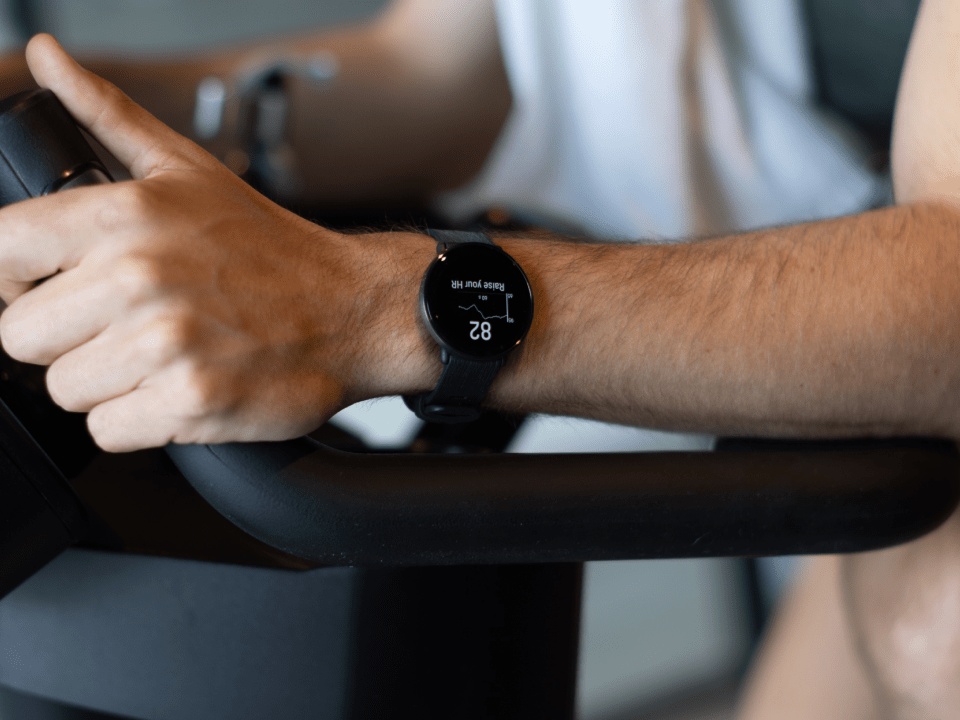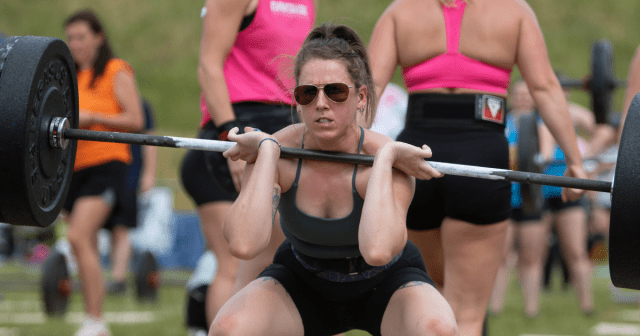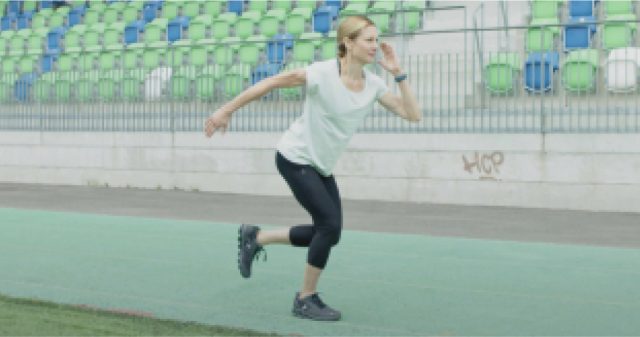The classic image of someone working out usually involves sweating buckets and pushing yourself to the max. Powering through and never giving your body a break to increase results, apparently.
However, when it comes to interval training, taking adequate rest time between sets isn’t only important for avoiding injury, but it will also increase the effectiveness of your training. And, at the end of your workout, you want every single set to count.
In this blog, we look at why rest time is important, how your muscle energy systems respond to the length of your sets, and how your training goals will determine how much rest you should take. Plus, you can hear about Polar’s latest feature: Work-Rest guide.
Why have rest time between sets?
While your attention may be focused on what you do during each set, it’s also important to make rest time an objective too. That means you’ll have many training variables (such as the number of sets you do, how intense they are, and how much rest you take between them) which you need to find a balance between when doing these types of workouts.
The benefit of taking adequate rest time between sets is that it enables your muscles to eliminate waste faster, preventing it from building up and slowing you down. It also gives your muscles a chance to boost their energy supply for the next round, which means you can work out for longer before feeling fatigued. This mindful approach means you’ll also reduce the risk of injury.
Rest time and muscle energy systems
As you work out, your body uses three different systems, which take turns to provide energy to your muscle cells by synthesizing adenosine triphosphate (ATP). So, depending on what you are doing and for how long, you will be using a different energy system to achieve it. If you are very in tune with your body, you may even notice when your body transitions between each one.
Knowing how and when these systems are activated also helps you to understand why rest time between sets is important. So, your three muscle energy systems work as follows:
- The phosphagen system: high intensity for a sudden burst. Responsible for any short, explosive movements that last for around 6-10 seconds, such as one or two repetitions or a vertical jump. For such a brief burst of energy, this system relies on any ATP that is stored in your muscles. This system is also known as the anaerobic alactic (ATP-CP).
- The anaerobic (glycolytic) system: high to medium intensity for a short duration. Activated after 10 seconds when your phosphagen system runs out. Instead, it relies on the energy it converts from carbohydrates. Lasts for around one or two minutes, so it is the energy system responsible for sprints or 30-40 second intervals. This system is also known as the anaerobic lactic.
- The aerobic (oxidative) system: low intensity for a long duration. Important for endurance events but responsible for any exercise you do that last for more than two minutes. This system mostly produces energy from converted fat and carbohydrate in the presence of oxygen.
With these different energy systems, you also experience a variation in force production, which means your capacity to load and unload tension at speed, such as lifting, jumping and throwing. With interval and resistance training, you will use the first two systems as they provide the necessary bursts of high-force production for short amounts of time.
After a few repetitions, adequate rest becomes important. Otherwise, if you continue, you will naturally switch to using your third energy system, which can only provide lower force production for exercise. So, pushing yourself to keep going without a rest actually means you’ll get less out of your workout.
How long to rest between sets?
When it comes to calculating the length of your rest timer between sets, it’s important first to consider how demanding each interval is. Are you doing situps or lifting some challenging weights? Squats or sprints? Your rest time will depend on how hard you are pushing yourself.
Shorter rest periods are suited to intervals that aren’t too demanding. It ups the intensity of your workout because your recovery is incomplete, so your heart rate will remain high. Longer rest periods are suited to demanding intervals in terms of effort or length. Full recovery is essential so you can give each round your all.
It’s also essential to work out what your training goals are, as different rest periods will emphasize particular results:
- Training for muscular endurance: involves a high volume of reps with lighter weights, focusing on a key area (such as arms if you’re a swimmer). For this goal, a shorter rest period of 20-60 seconds between sets is suitable.
- Training for muscle growth: bodybuilding or muscular hypertrophy involves a high volume of reps with less rest time with lighter weights to metabolically stress the muscle and increase its size. For this goal, a moderate rest period of 30-90 seconds between sets is suitable.
- Training for power: involves a low volume of reps with light to moderately heavy weights, focussing on the speed of execution. For this goal, a longer rest period of 2-5 minutes between sets is suitable.
- Training for strength: involves a low volume of reps with heavier weights to increase your ability to lift heavier loads. For this goal, a longer rest period of 2-5 minutes between sets is suitable.
It’s important to note that when you’re new to strength training, it’s recommended that you take a little extra time to rest while also making sure that your heart rate and body temperature don’t return to their regular levels. Pushing yourself could result in you feeling nauseous at first, while taking additional rest will help you maintain the belief that you have the capacity to keep going – which is important when you’re starting out. So, listen to your body.
Introducing: Work-Rest Guide

At Polar, we understand the importance of finding your rhythm with workouts and rest in your training. That’s why we’ve introduced a new feature with Polar Ignite 3 and Polar Ignite 3 Titanium.
Work-Rest guide analyzes your heart rate while you do strength training to provide you with personalized guidance for optimizing your rest. It does this by notifying you when you’re ready to start your next set, so you don’t start before you recover adequately.
This exciting new feature is designed especially for moderate-intensity strength training, including any multi-joint exercises with sufficiently heavy resistances. During such workouts, Work-Rest guide can ensure you get the best possible training impact.
Conclusion: Rest time between sets
One of the key elements of interval training is understanding how your body responds to your workouts. Knowing which muscle energy system you’re using for a particular exercise means you’ll know how long you can go before needing to rest.
In turn, identifying your training goals will help you calculate your rest time to take between these sets to ensure you get the most out of each rep. Plus, with our new feature Work-Rest guide you’ll be able to understand how much rest you need in real-time as you work out.
Remember, rest is an essential part of interval workouts, for both efficiency and minimizing the risk of injury. So, give yourself a break. You deserve it.
If you liked this post, don’t forget to share so that others can find it, too.
Or give it a thumbs up!
I like this article
Please note that the information provided in the Polar Blog articles cannot replace individual advice from health professionals. Please consult your physician before starting a new fitness program.





